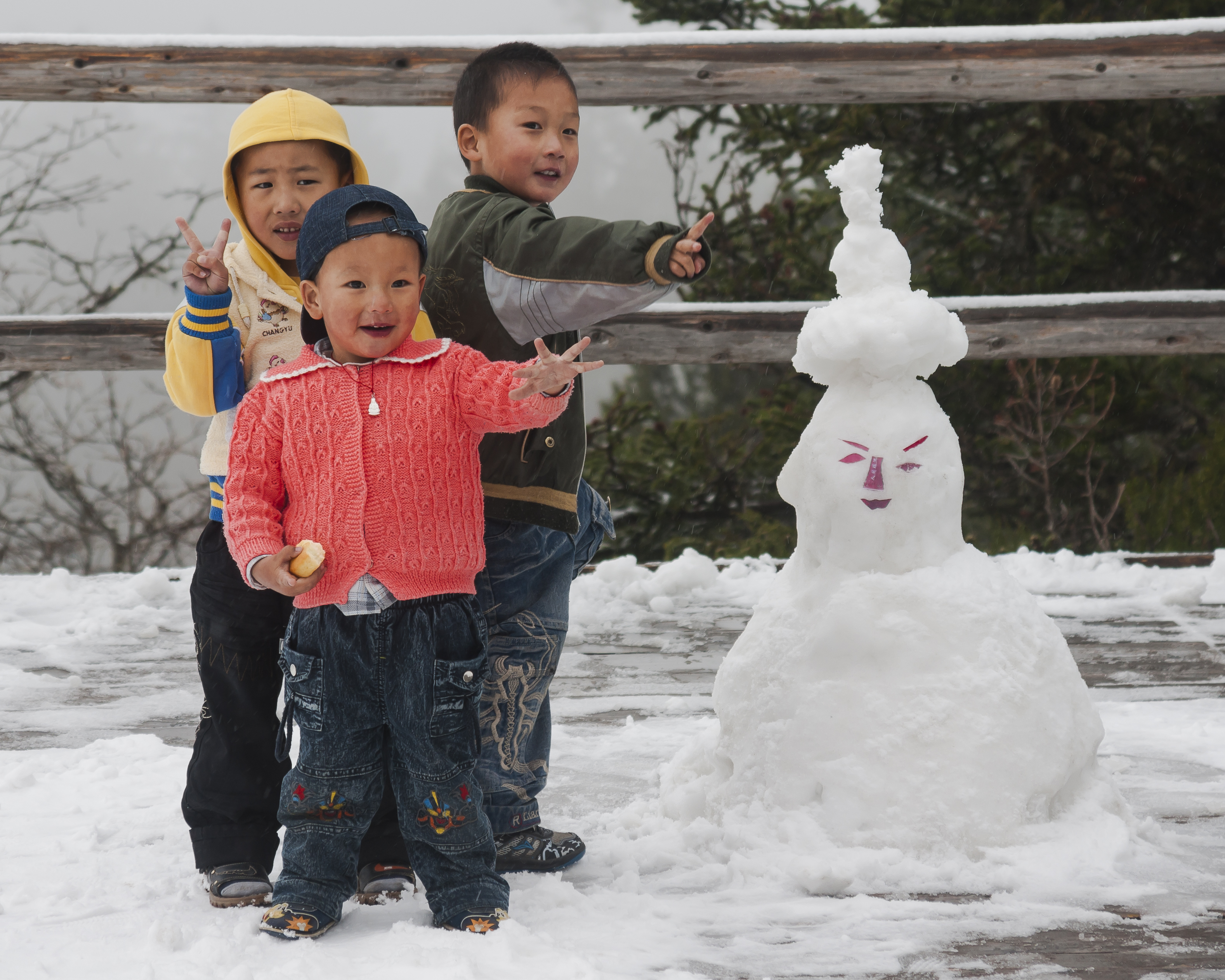“The hope of the nation” deserve better
Unidentified white pills? Questionable needle marks? Physical abuse?
Recently, some very disturbing news has swept the nation – namely, the allegations of abuse and misconduct at RYB (Red Yellow Blue) Kindergarten. Parents reported various forms of child abuse ranging from drugging, needle shots, violence, and sexual harassment. In just a day or two, this incident became the most followed in China, reaching the top of the “what’s hot” list on Weibo. Countless public accounts on WeChat published angry posts, and heated conversations took place all over the Internet. Even though many of these posts and tags were blocked, new coded tags such as “three colors” were made.
According to the first report, kindergartners who attended Beijing Chaoyang area’s RYB were said to have been sent to “checkups” with naked older men. Videos of angry parents claiming that their children were punished with naked time-outs have been forwarded everywhere. However, the issue doesn’t stop there. As time progressed, the claims began to change. Though a teacher surnamed Liu was arrested for child abuse, the sexual harassment claims were deemed as false by the police due to lack of evidence. According to authorities, parents, as well as a teacher of the school, have admitted to making up rumors. Though it is impossible to determine what exactly happened on the campus, it seems some kind of abuse did occur. And even though this event was given so much attention, many other instances of abuse occur all over the country and even the world. This then, raises important questions: why is abuse so prevalent in kindergartens? and what’s being done about it?
This certainly isn’t the first instance of child abuse (especially considering the cases that go unreported). Just about seven months ago, in April, similar claims were reported. More than 20 three-year-old children were found to have needle marks on their palms, back of the hand, thighs, butt, and arms. According to a grandfather (surnamed Yuan) of one of the children, the child went home and complained that his palms were hurting. After making a more detailed inquiry, Yuan was told that his grandson was stung by needles because he read aloud too quietly. After confirmation with other parents, similar findings were made where the teacher hurt the kindergartners simply because they weren’t listening or didn’t do their reading homework. In 2015, an RYB campus in Jilin was also reported for abusing children with needles. “There’s been so many cases of abuse in kindergartens recently and it’s just so heart-wrenching,” commented Sophia Sze (12A).
How were these abusive figures allowed into institutes meant to take care of children? Why weren’t the schools able to find out about these acts occurring inside of the campus? The answer, it seems, is simply neglect and clear lack of priorities. Children of this age are often between three to six. Due to their young age, they are many times unable to clearly communicate abuse to their parents and are also susceptible to be intimidated by threats. They are also too small and weak physically to fight back and defend themselves, and in an environment without accountability or oversight, leaves them vulnerable to just this sort of thing.
Though kindergartens are meant to be stepping stones in a child’s growth, these instances prove that some definitely have not been serving this purpose. Instead, physical punishments are given to these young, developing children. According to psychological research, there are four major negative effects on a child and their learning. Among the four, there are two that could truly impact the child’s life. First, punishment can teach fear (Gershoff et al., 2010). Especially in such cases where children are repeatedly stung with needles by teachers, they are likely to develop similar responses to similar situations. These children may begin to associate school and teachers with pain and this could significantly impact the nurture they receive from their environments. Another unfortunate result is that physical punishment can increase aggression. The abuse the students receive may model aggression as a way to deal with problems and result in similar violence in the children’s personalities (Straus & Gelles, 1980; Straus et al., 1997). Even though every child differs in their ways of association and coping with problems, the acts of these teachers are sure to make an impact on their mind.
Young childhood education may not seem as big of a deal as college or high school ones, but they may actually hold greater importance. Children deserve a safe, healthy environment to develop; and loving teachers that truly care about the children are what is needed – not just ones who are smart and qualified on paper.
Featured image by CEphoto, Uwe Aranas courtesy of Wikimedia Commons


Great article, Lannie!
Thanks Vincent 🙂